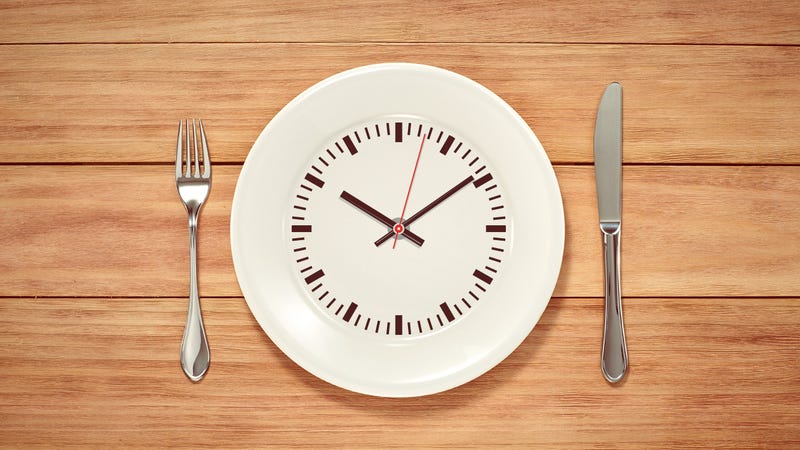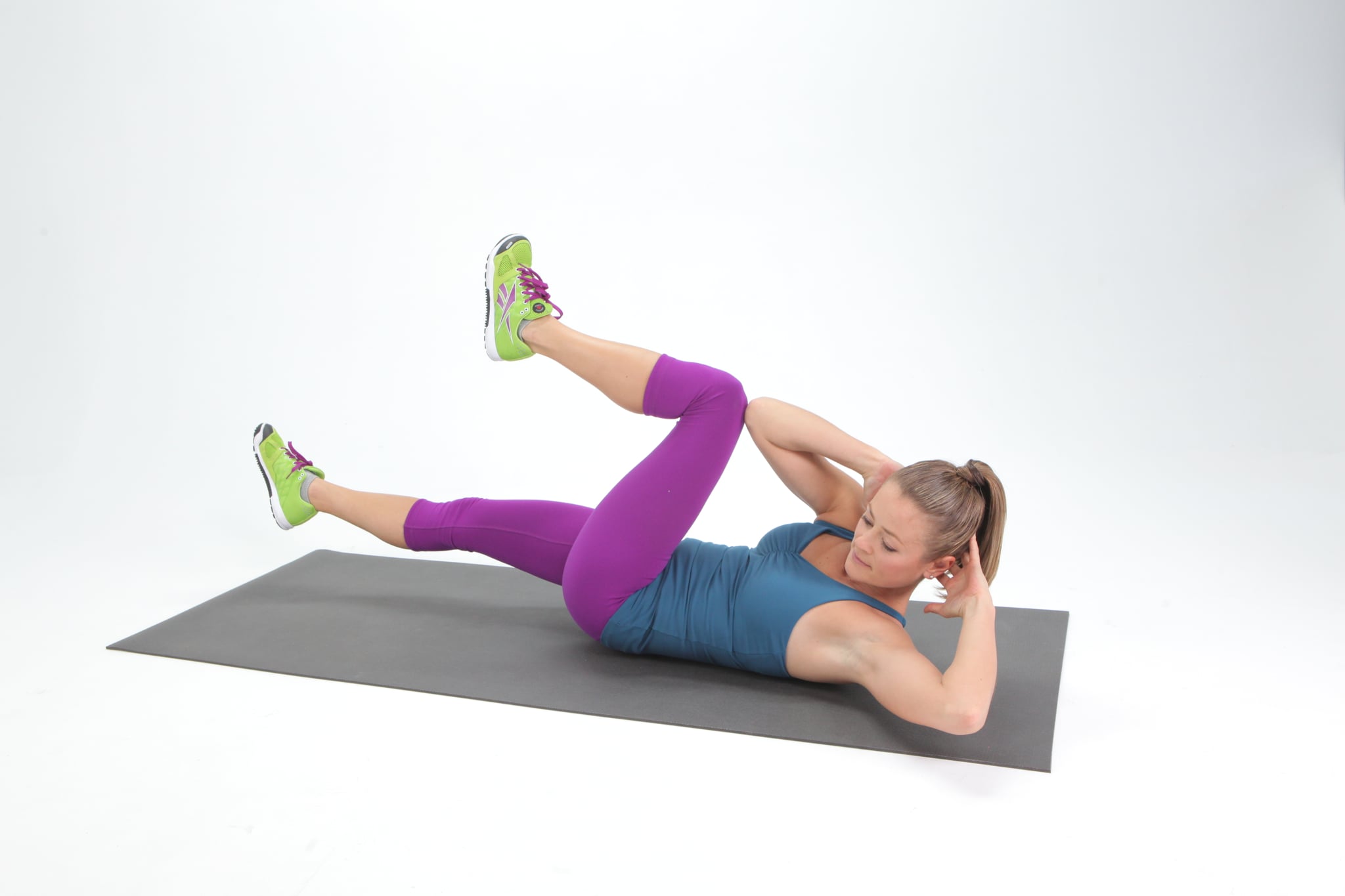Could Youth Football Be Putting Your Child At Risk For Health Issues Later In Life?
A recent study provides evidence that repeated hits to the head experienced in youth football may lead to detrimental health issues later in life.
The NFL has been under scrutiny over the past few years due to the discovery of a link between football players and CTE. Scrutiny of the league and their lack of action over the findings, and almost outright dismissal at times has only been made worse by a recent finding that out of 111 former NFL player brains, only one did not show signs of CTE. With these findings, many are able to draw the conclusion that football may not be good for the brain no matter what the age, but could football harm you more if you start earlier in life compared to later? Michael Alosoco, of Boston University's CTE Center, had the same question and looked at how the brain was affected in people who played football starting before the age of 12 and those who started playing after.
The study designed by Alasco asked 214 men (average age of 51 and 90% white) who had previously played high school, college, or pro football at every position except for quarterback, and didn't play any other organized sports. The researchers found that 55% of participants who played football before the age of 12 showed signs of behavioral problems, while just 43% of those who started after the age of 12 showed the same signs. Even more disturbing was the finding that 66% of those who played football before the age of 12 showed signs of depression, while only 44% of those who played after the age of 12 exhibited the same signs. While these findings of mental distress are alarming in both populations, the disparity between the group that played before the age of 12 and the group that started after the age of 12 is even more troubling. While this research provides evidence that younger children whose brains are still developing at an exponential pace are at an increased risk for CTW compared to those who start after the age of 12, more research on the subject is warranted.













